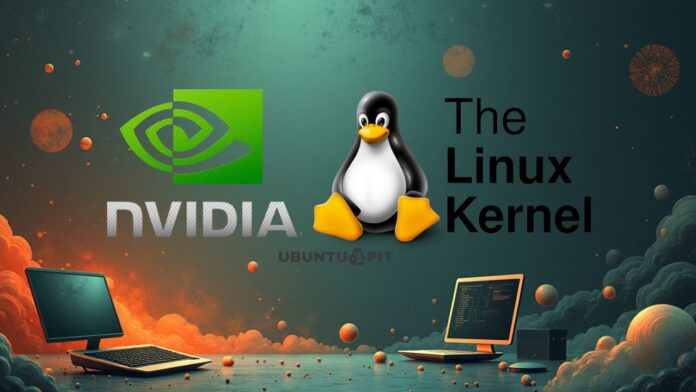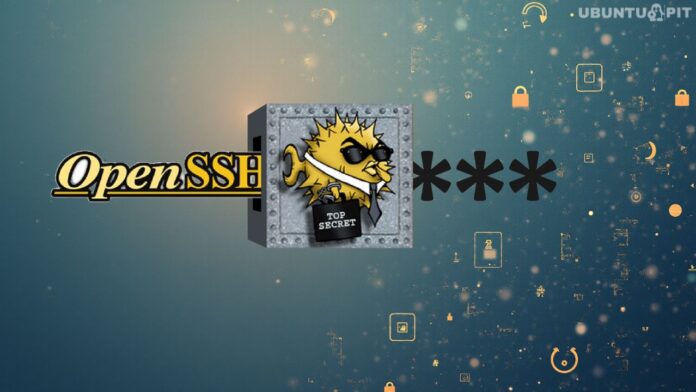NVIDIA has moved its open-source strategy forward by submitting a second version of its “request for comments” (RFC) patch series to the Linux kernel mailing list, aiming to establish stable GPU virtualization (vGPU) support. Authored by NVIDIA developer Zhi Wang, this initiative signals a continued and serious effort to improve the company’s driver framework within the open-source ecosystem, arriving just over a year after the initial RFC proposal.
The proposal introduces a set of 11 patches designed to integrate with the kernel’s existing Direct Rendering Manager (DRM) infrastructure. This development is a critical step toward enabling NVIDIA’s modern, Rust-based Nova kernel driver.
However, in its current stage, the vGPU implementation leverages the user-space API of the established nouveau open-source driver as its technical foundation. As an RFC, the code is now open for public review and feedback from the kernel community before it can be considered for inclusion in a future mainline release.
NVIDIA’s vGPU technology is engineered to partition a single physical GPU into multiple virtual GPUs, which can then be allocated across several virtual machines. This functionality is crucial for high-performance workloads, including graphics-intensive virtual workstations, AI, and data science applications. The architecture supports both Windows and Linux guest operating systems.
According to the patch notes, each vGPU type is defined with a fixed amount of frame buffer, a specific number of supported display heads, and maximum resolution capabilities, allowing for tailored performance profiles optimized for different classes of workloads.
To demonstrate the technology’s current capabilities, NVIDIA also shared a video that showcased a Windows 11 host successfully running two distinct Linux vGPUs from a single graphics card, validating the cross-platform potential of the solution.


